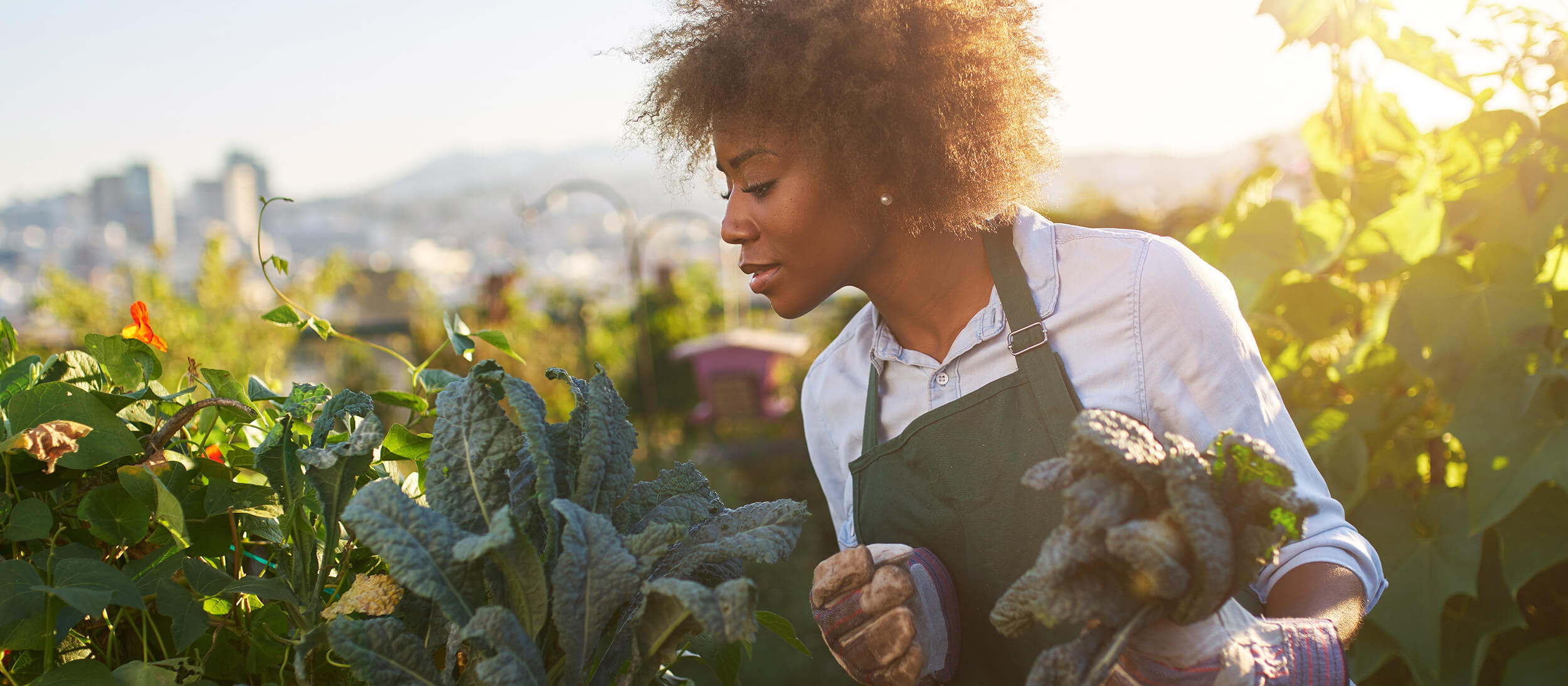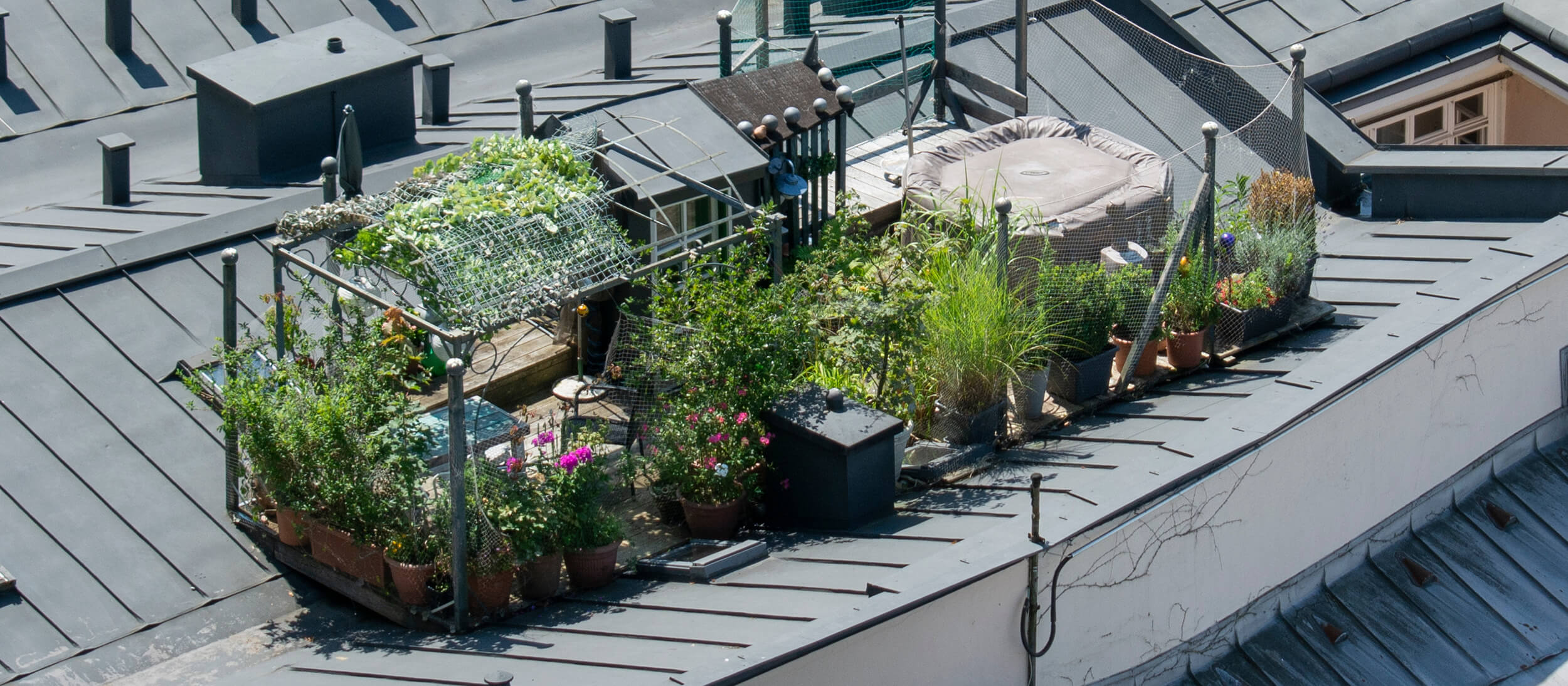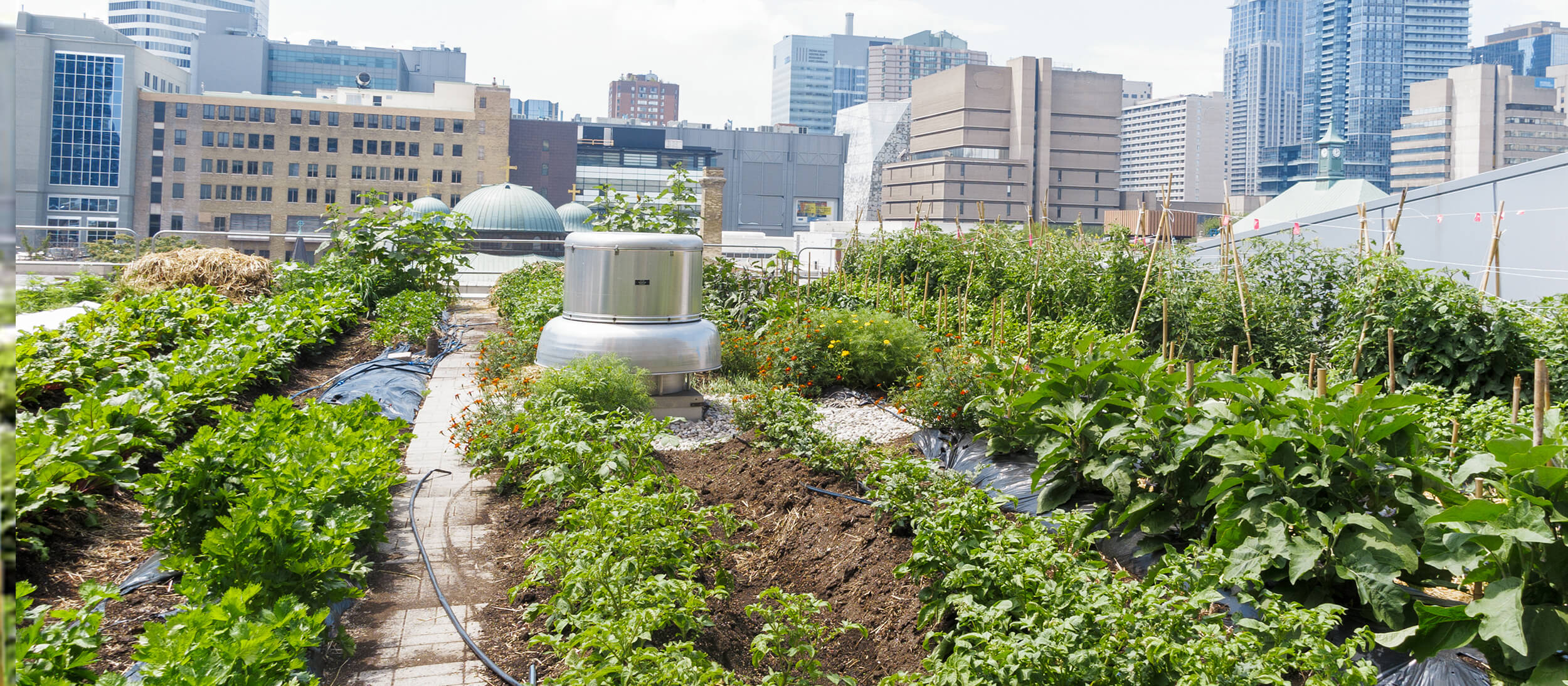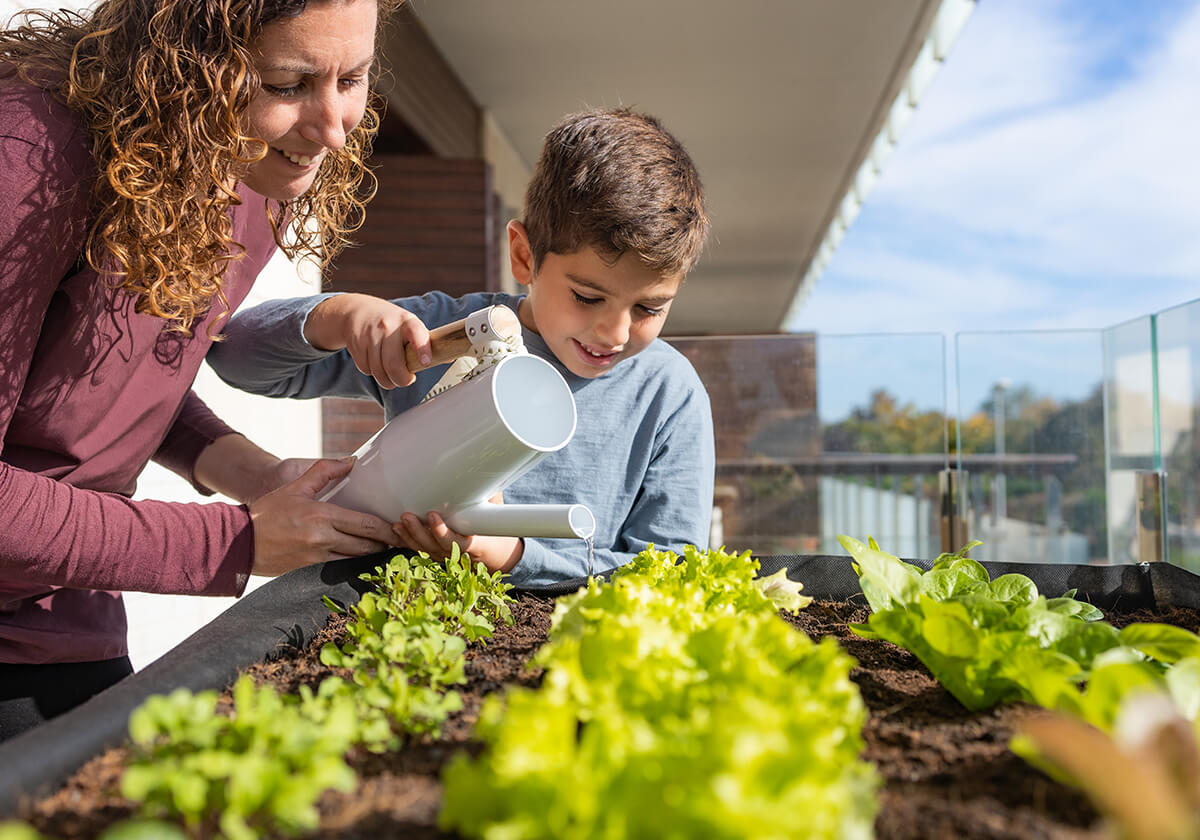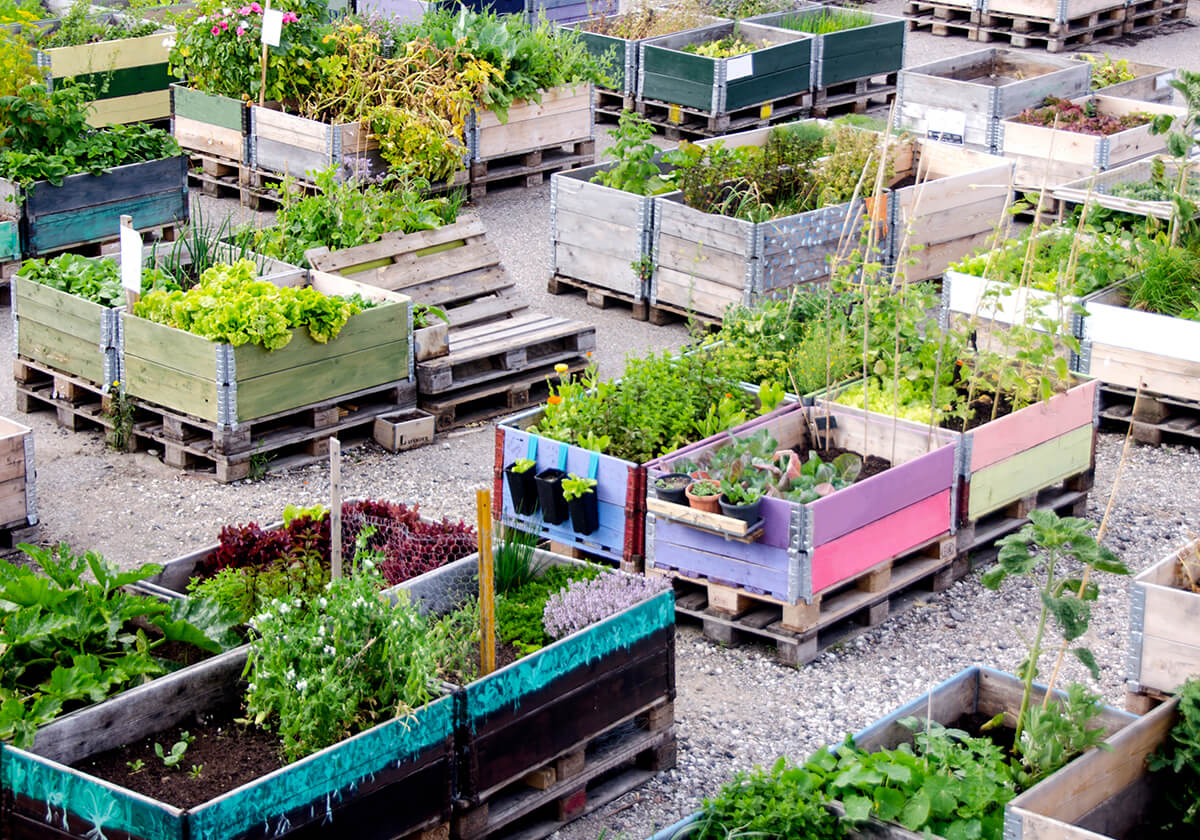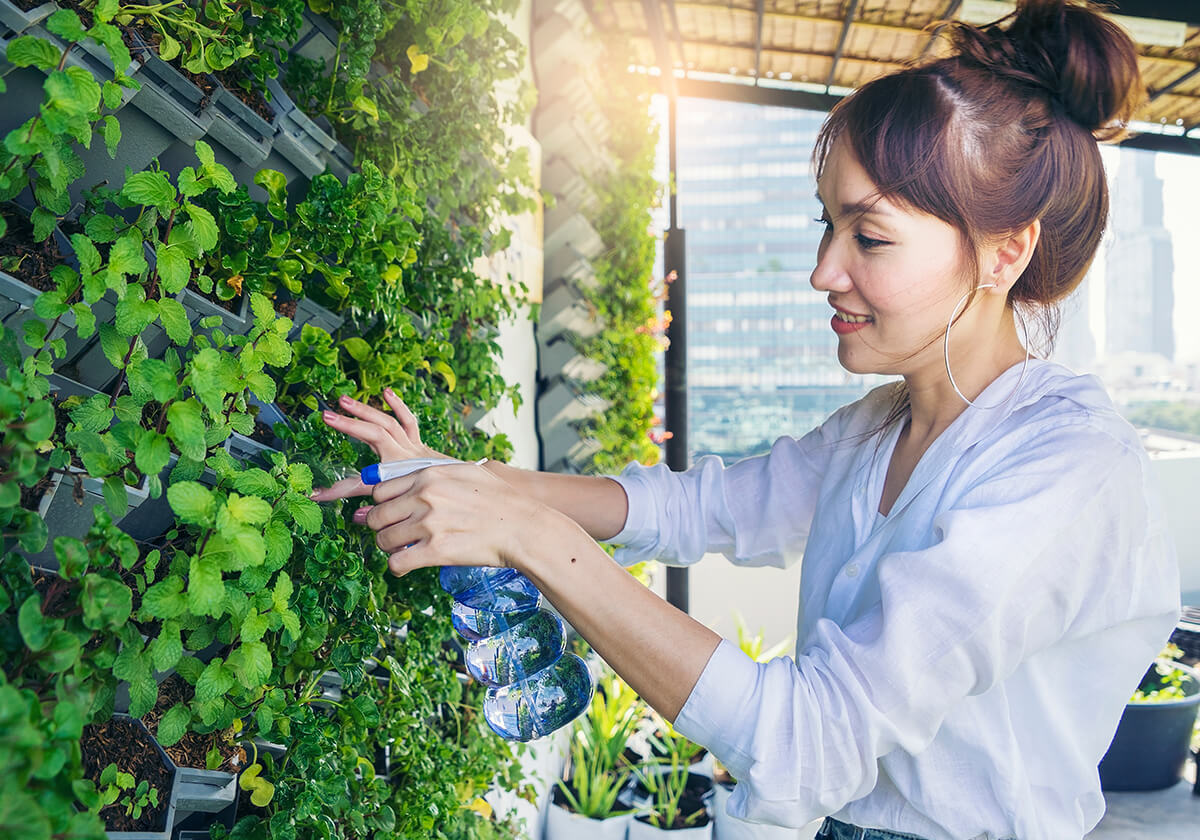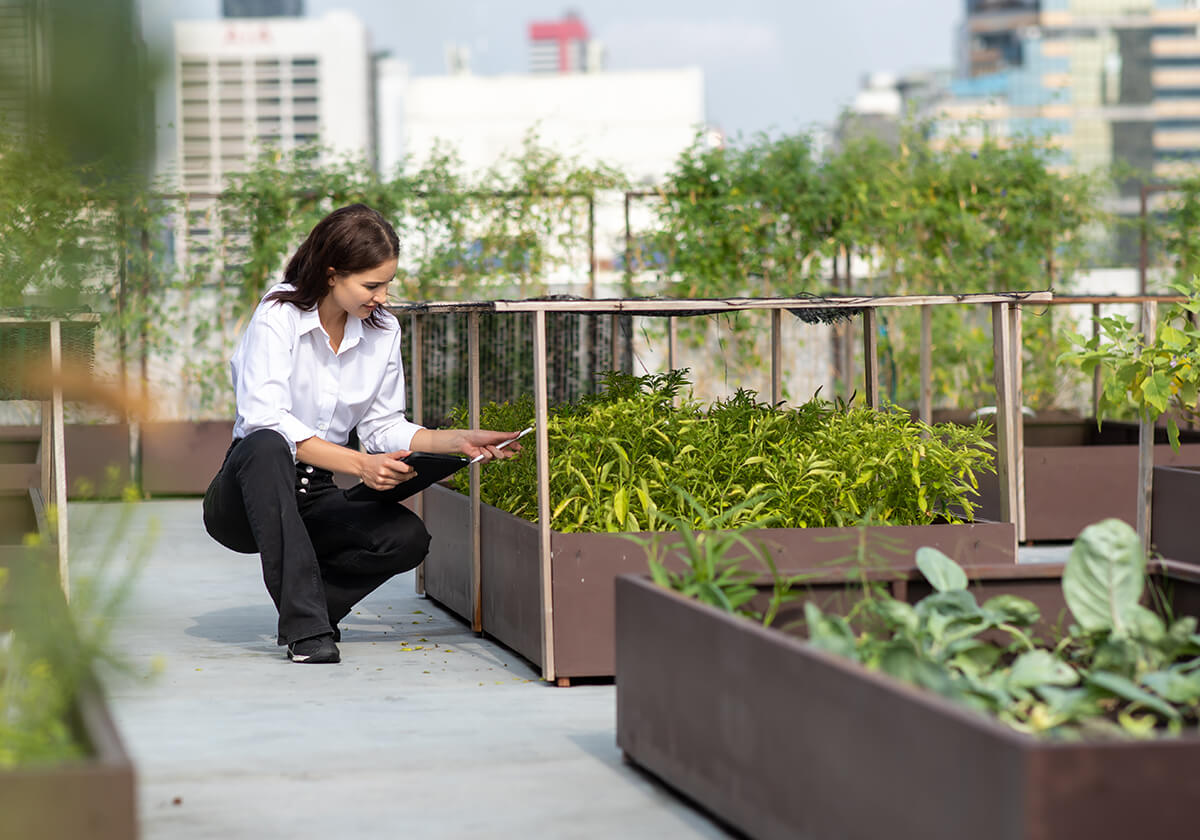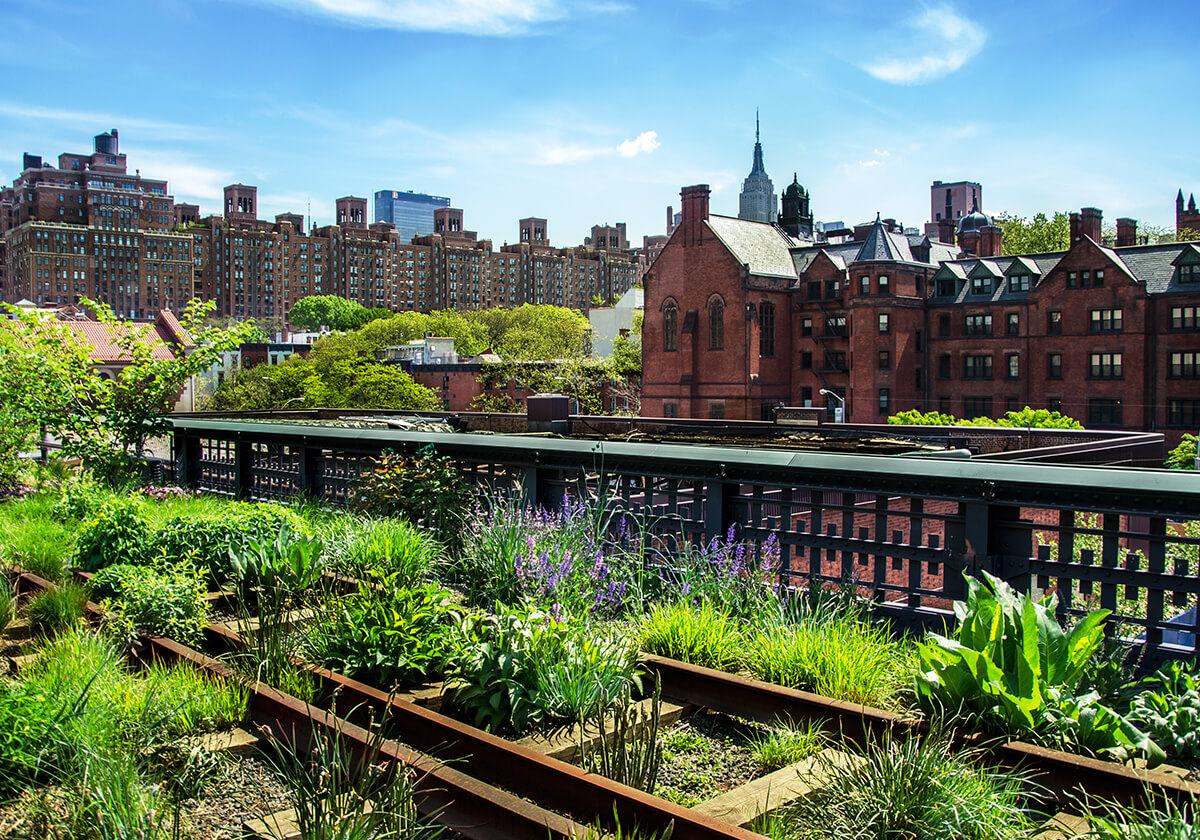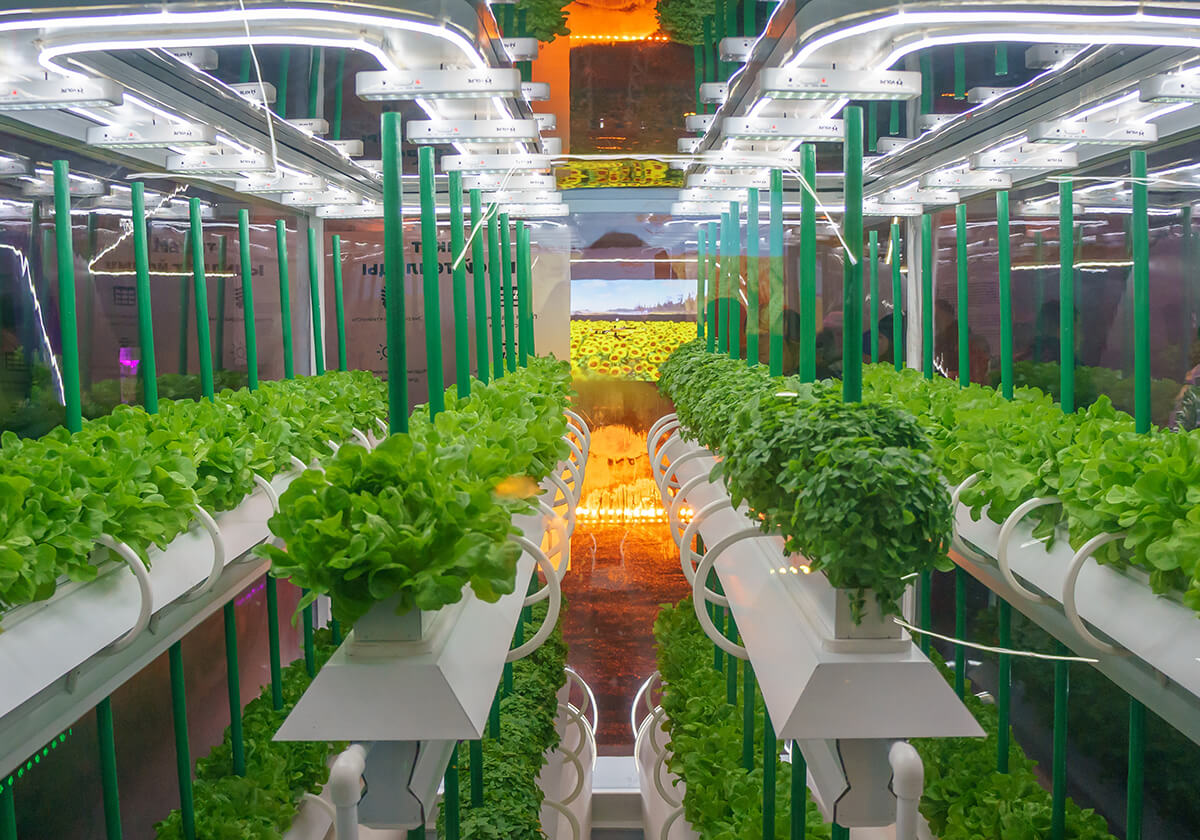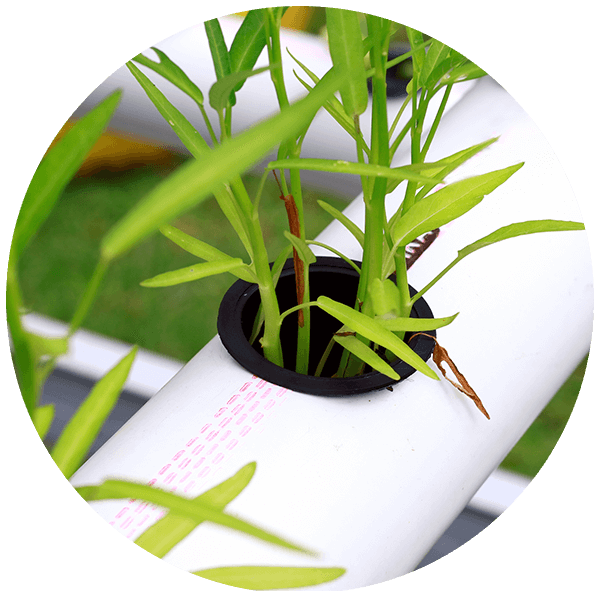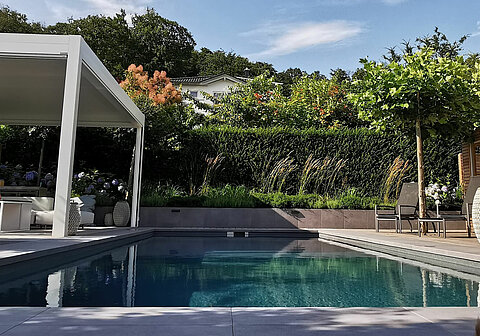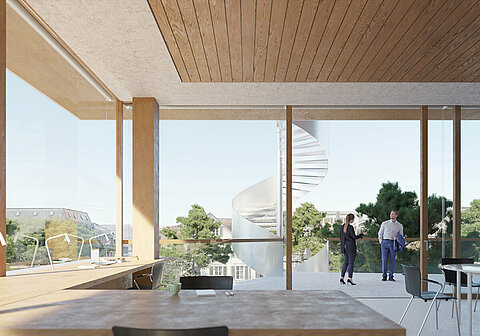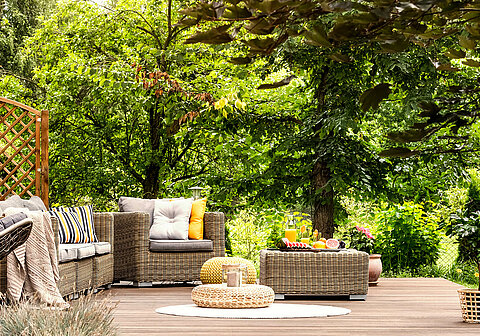Rosemary on the 32nd floor. Aubergines in the courtyard. Cucumbers on the roof: There are all kinds of projects around the world combining stylish urban living with the sustainable cultivation of herbs, fruit or vegetables.
Urban farming is now following in the wake of urban gardening. The rich variety of plants on rooftops and in tree pits has inspired a further development of the global vision that aims to bring nature back into towns and cities, combining lifestyle with sustainability and the pleasures of healthy eating. All manner of healthy and tasty produce is being grown wherever the townscapes and cityscapes allow – from warehouse roofs and areas in the shade of high-rise buildings to grass verges.
Green lung 2.0
The commitment to urban farming stems from a variety of motives. Municipal and local government authorities see the creation of a green microcosm as a major contribution to the climate-neutral town. Gourmets and cooks appreciate sustainably cultivated fresh products – plus zero transport costs into the bargain.
Düsseldorf: The City of Düsseldorf is promoting the urban farming concept under the banner “Essbare Stadt” (= ‘Edible City’) with the aim of helping to improve the urban climate while at the same time drawing attention to seasonal and regional options for producing food. Schools, day nurseries and neighbourhood organisations wishing to take up an active involvement can apply for an organic raised bed package. Apart from the construction kit for the bed itself, the free package also includes soil, seeds and know-how from a gardener who will be pleased to drop by on request.
Tokio: Diverse types of vegetables are being grown on a roof terrace measuring just 35 square metres in the middle of Shibuya - the city’s hippest district. Each plant is firmly in the hands of users of a dedicated app. Apart from serving as the key to open the roof level, the app also delivers webcam images of the greenery. Users can watch their produce grow and follow its entire course of development live, from planting through to harvesting.
Herne: The greenhouse and adjoining community garden on the roof of this apartment building provides a relaxing place to meet up for the people who live on the various floors while also serving as a convenient shopping outlet for the vegetables which are cultivated on the roof. This is just one of many projects which bring together enterprises from the fields of architecture, agriculture, energy supply and water resources with the aim of exploiting unused space to the full by way of building-integrated farming.
New York: Hundreds of community gardens have sprung up in all parts of the city. Vegetables are being cultivated in backyards, in car parks, at schools or on factory roofs – and henhouses, fish basins and beehives are no rare sight, either. These community gardens, which are tended by local residents’ associations in the city districts, are enjoying widespread success. The sale of local produce in first-class organic quality has long been highly popular among New Yorkers who appreciate enlightened eating, local produce and high-quality cuisine.
Munich: Vertical farming represents a major technological step forward in the evolution of sustainable cultivation. As the name indicates, vertical farming departs from the horizontal norm: salad, spinach & co. grow in the stacked beds of indoor farms. In these so-called hydroponic systems they are cultivated without any soil whatsoever, thriving on a nutrient solution and supplied with artificial sunlight from LED lamps. Apart from saving water, fertilizers and pesticides, this also cuts logistics costs, as the vegetables grow in the direct vicinity of the supermarket - fresh, crunchy and always available.


